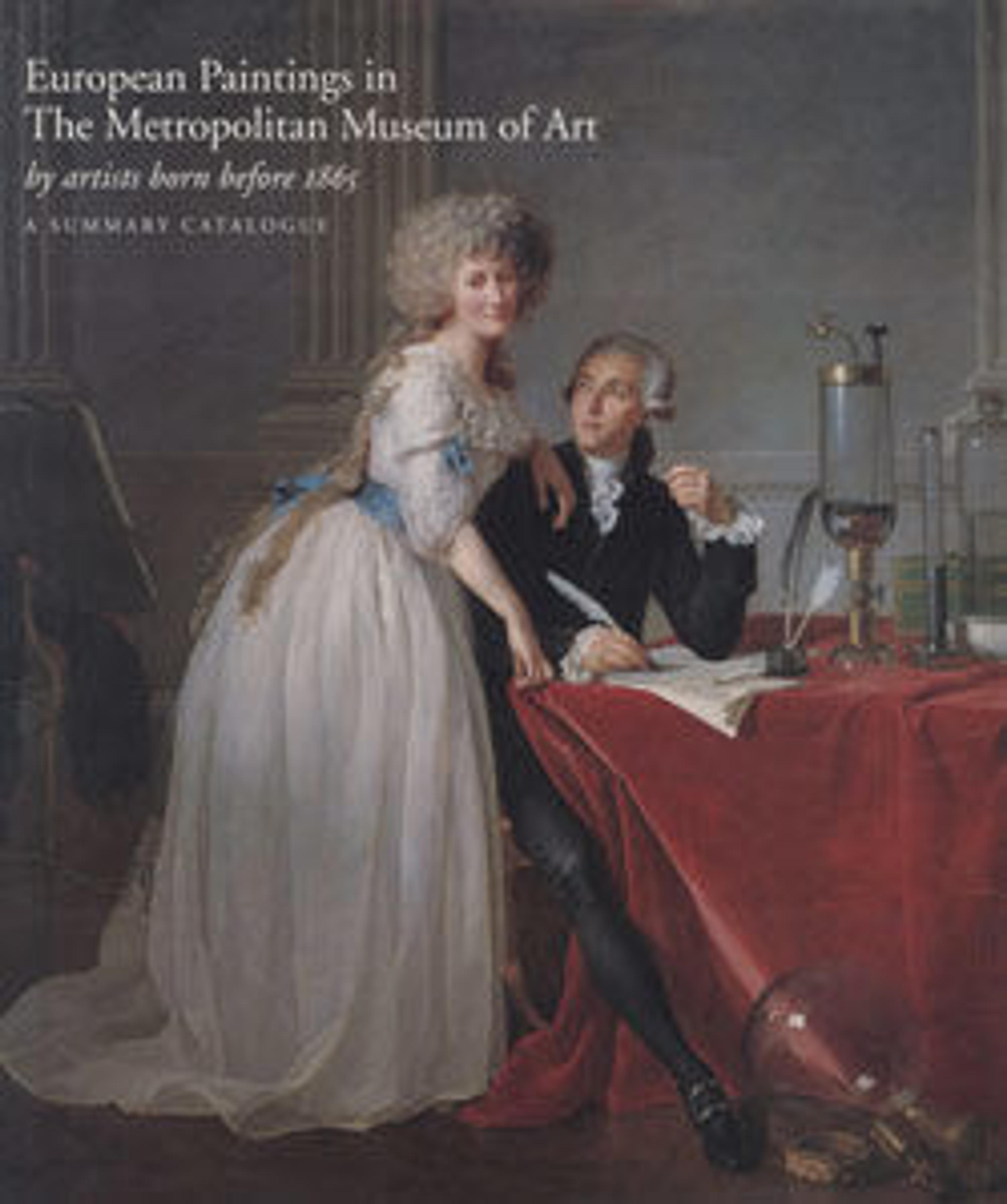Portejoie on the Seine
Between 1850 and 1878 Daubigny painted nearly one hundred views of various sites along the Seine. Of these, the village of Portejoie is the farthest from Paris, about fifty miles away; it appears in at least seventeen of his paintings.
Artwork Details
- Title: Portejoie on the Seine
- Artist: Charles-François Daubigny (French, Paris 1817–1878 Paris)
- Date: 1858 or 1868
- Medium: Oil on wood
- Dimensions: 9 5/8 x 17 3/8 in. (24.4 x 44.1 cm)
- Classification: Paintings
- Credit Line: Theodore M. Davis Collection, Bequest of Theodore M. Davis, 1915
- Object Number: 30.95.275
- Curatorial Department: European Paintings
More Artwork
Research Resources
The Met provides unparalleled resources for research and welcomes an international community of students and scholars. The Met's Open Access API is where creators and researchers can connect to the The Met collection. Open Access data and public domain images are available for unrestricted commercial and noncommercial use without permission or fee.
To request images under copyright and other restrictions, please use this Image Request form.
Feedback
We continue to research and examine historical and cultural context for objects in The Met collection. If you have comments or questions about this object record, please complete and submit this form. The Museum looks forward to receiving your comments.
